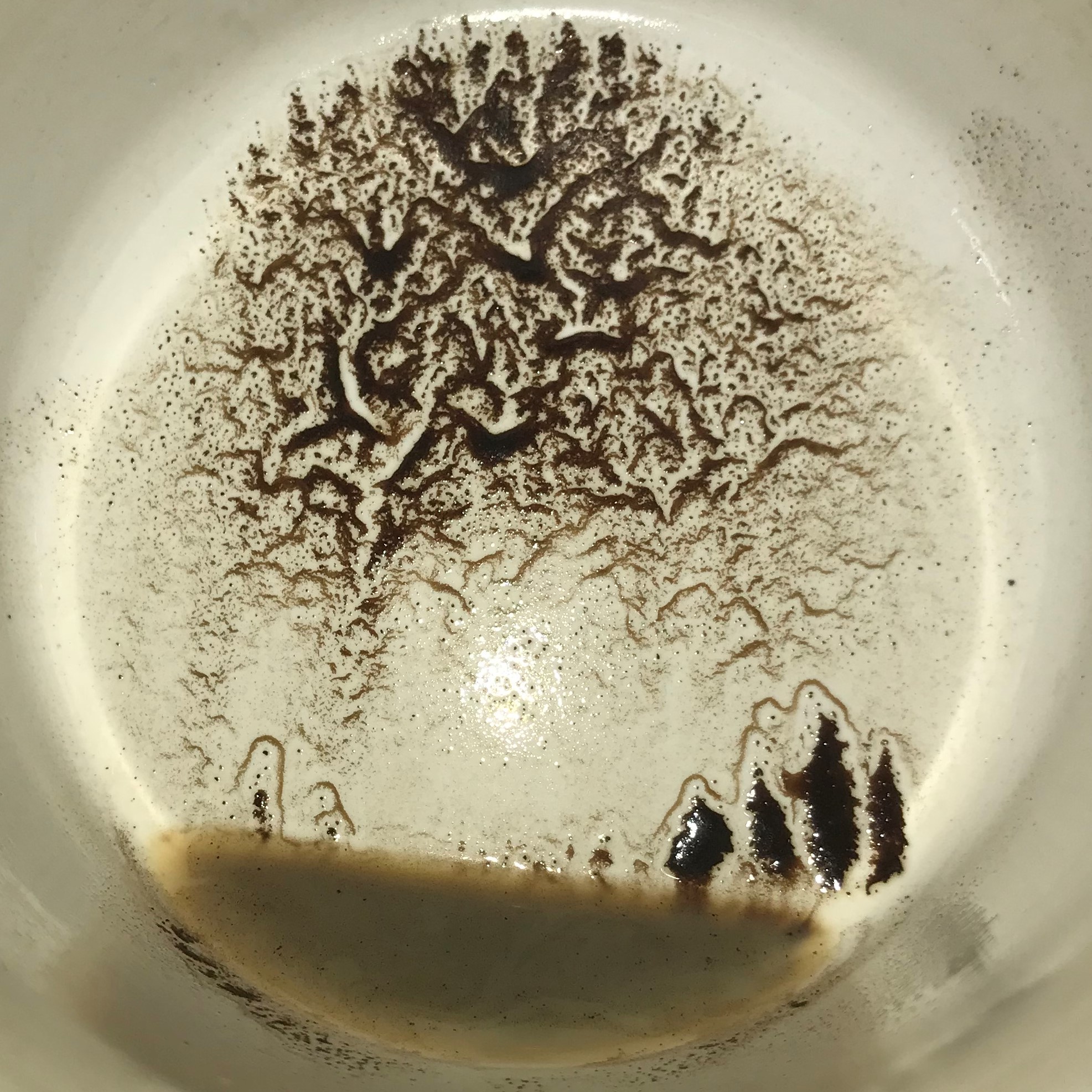Christmas is… a time capsule. A puzzle box. Buried treasure. Tradition. Comfort and joy. Orange pomander balls and stockings. Christmas trees and puddings.
The season bursting with tantalizing historical questions. Questions about how we celebrate the birth of Christ and the underlying whys, and what they say about us. The ordinary points to the extraordinary.

There’s a notion of Christmas being a battle waged between the pagan and the Christian, the secular and the religious. Historically, I don’t believe it’s the case. Christmas as a ritual and a time of year is constantly in flux, just like any human practice. It’s not a competition. It’s not a sacrament, either.
Christianity did not form in a vacuum and then seek to erase the pagan symbolism. Holly, ivy and mistletoe (among other things) still had deep cultural significance, deep roots across the globe. The ancient druids did not have sole ownership of mistletoe. Early and medieval Christians believed that displaying certain plants repelled evil spirits. (Besides, they’re pretty.) The winter solstice itself was–and is–a symbolically potent time of year across all cultures. (God created mistletoe and the moon, so…)
I like the old symbols and the old stories. It shows what people (maybe even my own ancestors) would have valued, what aspects of their cultural identity stayed with them through the centuries.
Below are chocolate-box samplings of my favorite Christmas topics. It would take several intensive posts (and a lot of time) to give each the attention they deserve. Consider these a taste of the season, a few delicious facts that get you thinking.
Holly, Ivy & Mistletoe
Behold the evergreens. Holly, ivy, mistletoe, and rosemary; pine trees, yews and junipers. Most of these survive the harsh bite of winter, signs of life in the season of overcast skies, bitter cold and snow. They are undoubtedly special.

Mistletoe is a poisonous and hemi-parasitic plant. This means it can produce its own food but also clings to certain species of trees (especially oak) and draws nutrients from the host plant. This is how mistletoe stays green year-round. They are typically considered pests but are beloved of birds.
It was used in Celtic Druid sacrifices (two white bulls) for its magical and medicinal (fertility) properties. It was thought to be the soul of the oak. It is a symbol of fertility taken from the Saturnalia rituals of the Greeks and Romans. In Scandinavia, the Norse god Baldur was killed by an arrow made of mistletoe. Its white berries were believed to be the tears of Baldur’s mother Frigga. From this legend came the kiss of truce and eventually the “promise” of marriage. The tradition of sharing kisses under mistletoe is probably a blend of all of these traditions.

by Zuriel Galindo 
by Tobias Tullius
Holly and ivy also factor into Winter Solstice rituals, also symbols of fertility and longevity. They were long considered to be male and female of the same plant, respectively. In Christian tradition the holly is supposed to represent Christ and the ivy the Virgin Mary. The holly with its prickled leaves and blood-red berries is reminiscent of the crown of thorns and the blood Christ shed on the cross.
Holly and ivy are so powerful an image, they are featured prominently in several songs: “The Holly and the Ivy”, the Cornish Sans Day Carol, “Blow Thou Winter Wind” (Shakespeare, As You Like It), and “Green Groweth the Holly” (Henry VIII of England). The former was probably sung in some form from pre-Christian days.

On evergreens in general… someone once told me they’d rather have a nativity scene instead of a Christmas tree. The problem with this is that the significance of evergreens is also a part of early Christian and medieval thinking and was not exclusively “pagan.”
The Christmas tree became a prominent holiday centerpiece when Prince Albert married Queen Victoria. He brought the tradition from Saxe-Coburg, Germany to celebrate with his and Victoria’s large family. It quickly turned from family tradition to British fashion and quickly spread to the United States and elsewhere.
Evergreens indicate magical properties, yes, but also God’s enduring love. The idea of taking the tree from Christmas harkens back to the Puritan days where Christmas was permanently cancelled (partying and merriment = bad). Under Cromwell’s government in England in the 1600s, theaters were closed, piety rigid and austere. It was not “minimal” but punishingly spare. If you cannot have joy this dark, cold time of year for whatever nitpicky reason what’s the point?
King Wenceslas
Why is there an English carol about a charitable Bohemian king from the 10th century? It’s an interesting story.
Wenceslaus was a duke in Bohemia (now the Czech Republic.) Wenceslaus was a Christian and ruler over a part of the world still observing the old religion. His own mother and brother were hostile to his beliefs and his acts of charity. This created a division in the country. His brother, Boleslaus, had him killed in 935. Wenceslaus was quickly considered a martyr and made a saint. He was venerated in Bohemia and in England.
So far I haven’t figured out an exact connection between Bohemia and England. By the 10th century, the world was connected by commerce and religion. Monks and priests had been travelers for centuries. Irish monks, for instance, were responsible for establishing churches and communities in the north of England and Scotland as far back as the 400s. Later on, English monks would do similar work on the continent, especially in Germany. These churches were part of the greater church network, and even though the “connection” was slow, they were definitely talking to each other and exchanging stories in the 10th century.
So, the story of Wenceslaus was well known in England very early on. St. Wenceslas (as we spell it) had a special connection to December 26th, St. Stephen’s Day as a day of charity and good works to the poor. The song we know is comparatively young; the poem was written by John Mason Neale in the 19th century and paired with a 13th century springtime tune.
NPR had a great little clip on the song in 2011.
Wassail
Here we come a-wassailing among the leaves to green
Here we come a-wandering so fair to be seen
Love and joy come to you!
And to you your wassail, too!
And God bless you and send you a happy new year
And God send you a happy new year…
Traditional Carol
Sometimes this is sung as “Here We Go a-Caroling.” I imagine someone discovered that wassailing meant carousing, and we don’t want our kids to sing that!
Wassail comes from the Old English greeting wæs þu hæl, which translates to “be of good health” or simply “be hale!” It eventually evolved to wæs hæl, and then became “wassail” (pronounced wah-suhl). It came from a tradition (often on Twelfth Night) that involved singing from house to house, drinking and blessing the apple orchards with toast dipped in a rustic mulled cider. Not exactly “Christian” but very English.
My first exposure to the weird word was Mannheim Steamroller’s 1984 Christmas album (perhaps the most medieval sounding, most understated and least synthesized). It features the old rousing song “Wassail, Wassail,” brought to life with a dulcimer and flutes (and maybe a kazoo). Contemplative and holy carol it is not. But it is tremendously fun.
My parents–already baking charms into figgy puddings–began making wassail for our Christmas gatherings. Our recipe is simple: apple juice/cider, a little cranberry juice, an orange, mulling spices and rum, warm and steaming. Trader Joe’s has a wassail blend in the juice aisle, which features blackberry juice and the suggestion to add it to mulled wine. There isn’t an official recipe for it; it’s very much a make-your-own mulled cider or wine affair.
Yule
The word “Yule” is ancient. It generally serves as another word for Christmas or Christmastime: yule or yuletide. It is immortalized in two lines from “Deck the Halls” (“see the blazing yule before us…. troll the ancient Yuletide carol”) and other songs. As a child I was always curious about that weird word yoooolll and what it meant. Something old, no doubt.
The ancient English (or Anglo-Saxons) knew December as Ærra Geola and January as Aftera Geola. Norwegian settlers in the north of England called the season Jol. Geol (Yule) centered around midwinter festivities: bonfires, drinking, feasting and, sometimes, sacrifices during the darkest, shortest days of the year. It’s little wonder that the beliefs of many ancient cultures featured narratives of supernatural birth, death and rebirth, not least of which were the builders of Stonehenge. (For a look at the old English theology on the solstice, visit A Clerk of Oxford blog.)
The Roman Church began observing Christ’s birth on December 25th sometime in the fourth century. The date corresponded to Rome’s observance of the solstice, which was symbolically significant – Christ was the light in darkness. It spoke a common language to people whose lives revolved around farming, moon cycles (Passover is calculated by the moon) and seasons of need and plenty. It communicated something cosmic and moving – something that agreed what they already knew: winter is dark, even bleak, but there is hope. Christmas falling inside the Yule season and then absorbing it is a natural blending.
Terry Pratchett’s Hogfather has a distinct Yuletide feel. The Hogfather is the discworld incarnation of Santa Claus, who rides a sled pulled by six massive pigs (pigs and boars being a Yuletide feature) and gives presents to good children. This particular Hogswatch, the Hogfather goes missing, and Death, one of Pratchett’s best characters, is on the case. A world populated by Tooth Fairies, Death’s granddaughter, wizards and talking crows (among other things) is a perfect place to piece together and take apart myths and fairy tales and the ways they sustain us. Hogfather nods to the raw origins of our own legends, waiting for the sun to reappear. If the Hogfather doesn’t fly, the sun won’t rise again. If that isn’t Yule…
Coventry Carol

Coventry Carol is all that is left of a 14th century nativity play. This particular song mourns the male babies born around the time of Christ murdered by a decree from King Herod (Matthew 2:16-18).
Vox claims that the song, as part of a shearers’ and tailors’ guild play, would have been a comedic, drunken affair in the summer instead of a deeply sad remembrance around midwinter. Plays like that existed, of course, and the medievals knew how to party… but the tone of the song is too haunting for me to believe this was one. I sang an a cappella arrangement of “Coventry Carol” as part of a women’s choir in high school; it does not leave one with the feeling that it ever could have been funny. Even in the middle ages. Even after too much ale.
I could still be wrong. Music has changed. Entertainment has changed…
My reason for doubt is that there were similar melancholy poems about the Holy Innocents. (Their feast day is three days after Christmas itself: December 28.) I always considered “Coventry Carol” to be in the same category as those poems linked above. I’d imagined, based on the title of the song, that it was written in connection with Coventry Cathedral and may have been performed by a group of nuns. Now, I have no idea if this is based on an actual factoid about a different Christmas carol or if I created the story around my choir experience.
What this says is that there always was the carousing-Twelfth Night-crazy side and the contemplative-churchy side of Christmas. Sometimes, believe it or not, it can be difficult distinguishing between them. More importantly? The traditions we think we understand in 2021–traditions that have been around since Christmas was first celebrated–are far more mysterious, far more interesting, far more telling than we realize.
I hope your season is bright! Thanks for reading! More posts are coming soon!
🐦







